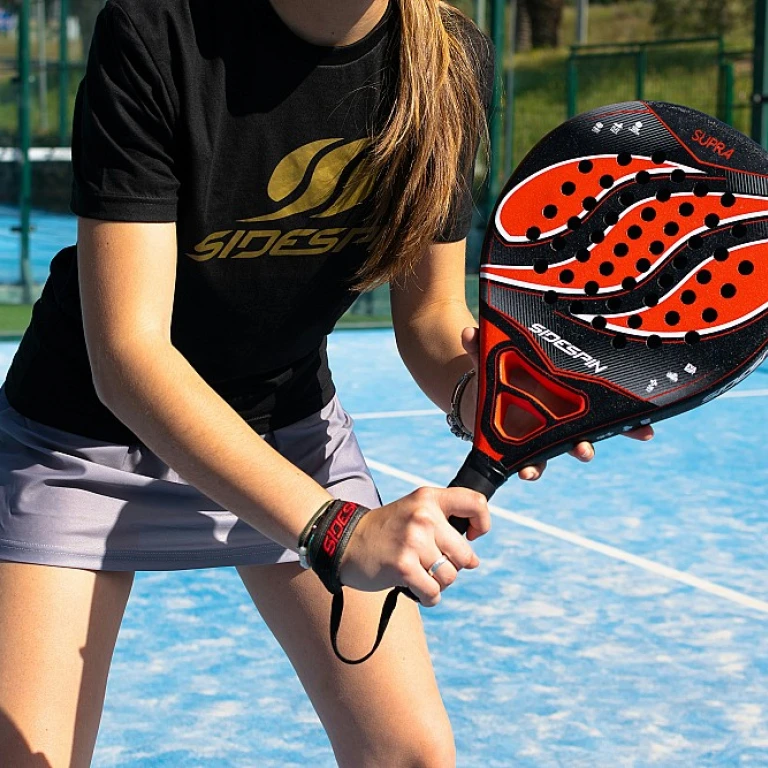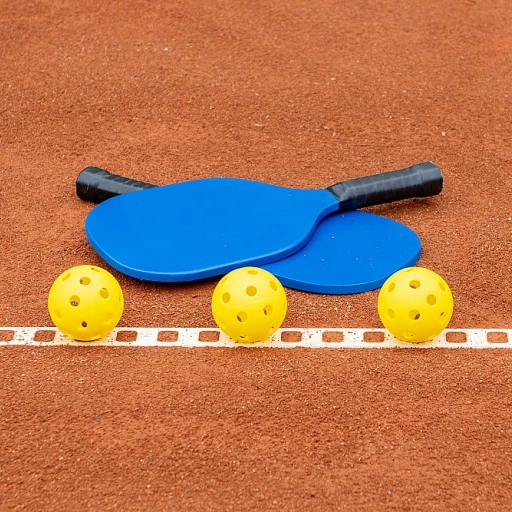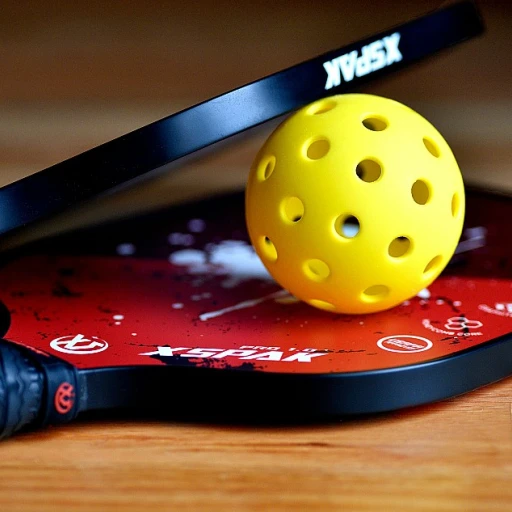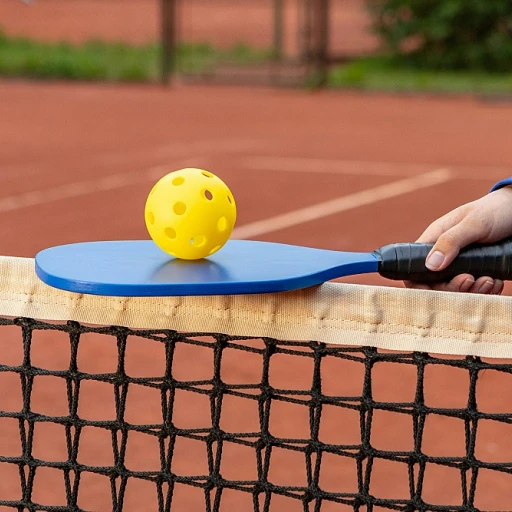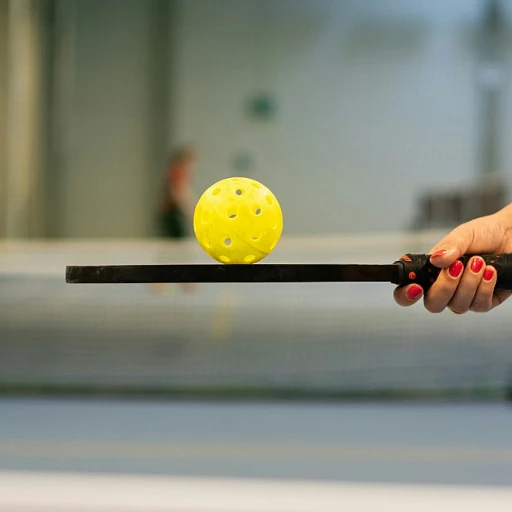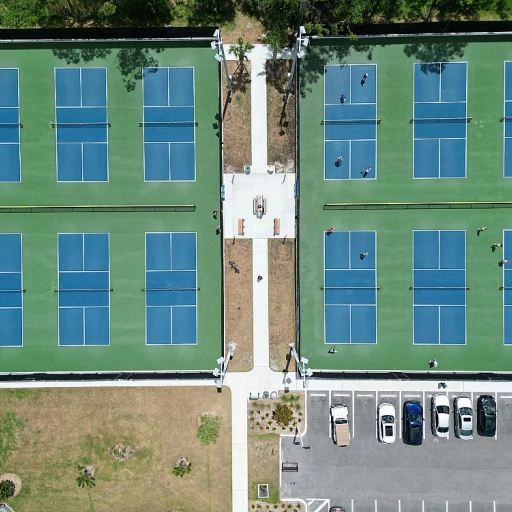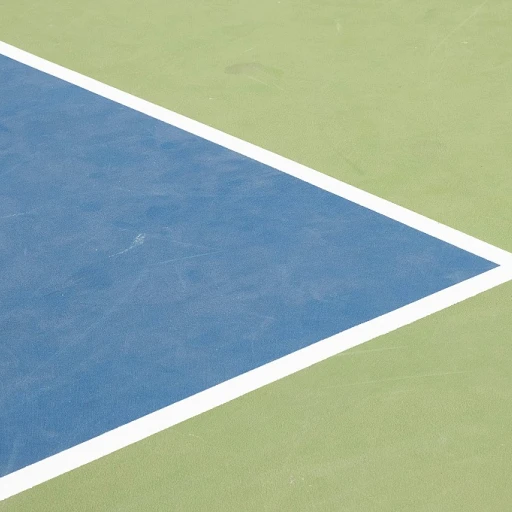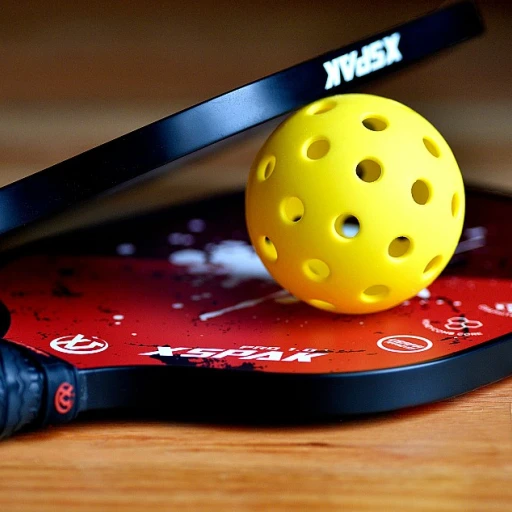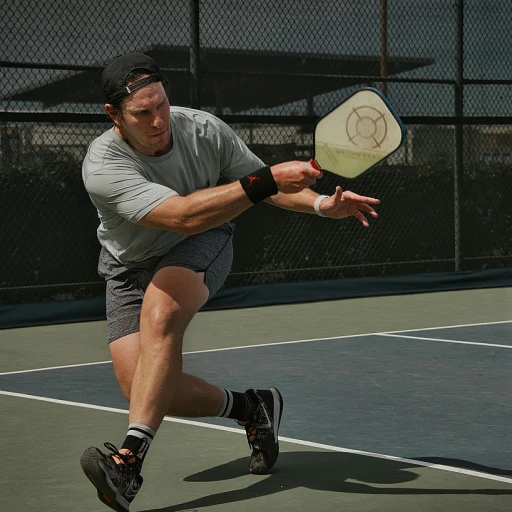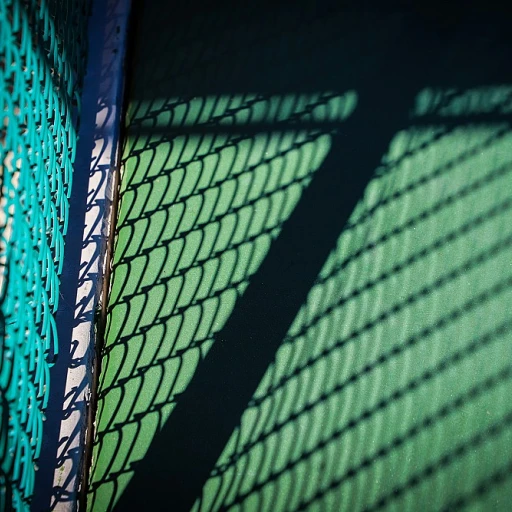
The Rise of 3D Printing in Sports
The Evolving World of Additive Manufacturing in Sports
In recent years, the sporting world has witnessed a groundbreaking shift with the introduction of 3D printing technology. From the production of custom gear to improving performance efficiency, this digital revolution is redefining how athletes across various disciplines, including pickleball, approach their sport. This innovative approach utilizes advanced techniques such as digital solutions to offer a completely new dimension to sports equipment manufacturing. 3D printed pickleball equipment is spearheading this transformation, providing players with unique opportunities to optimize their play. Take, for instance, the printed pickleball paddle. Its design is a testament to the limitless possibilities of 3D printing technology. With the ability to fine-tune paddle attributes such as size, weight, and aerodynamics, athletes can enjoy fast play and enhanced gameplay. Digital manufacturing solutions like digipro and accel offer pickleball enthusiasts a wide range of customizations, improving aspects like weight bounce and increased efficiency on the court. Players now have access to personalized gear, which can be crucial for those seeking to maximize their performance and gain a competitive edge. This shift towards additive manufacturing aligns with broader technological trends in the sporting realm. The news of noiseless paddle designs and digital customization paves the way for an era where cutting-edge technology meets athletic finesse, ensuring the sport remains progressive and inclusive. As the convergence of 3D printing technology and pickleball continues, understanding the lifespan of equipment is vital. For more insights, visit Understanding the Lifespan of Pickleball Paddles to delve deeper into how these innovations are transforming the game.Understanding 3D Printed Pickleball Equipment
Unveiling the Components of 3D Printed Pickleball Gear
In the evolving world of pickleball, the integration of 3D printing technology is reshaping how equipment is designed and manufactured. This innovative approach is not just about creating new gear; it's about enhancing the overall play experience. From paddles to balls, 3D printing offers a fresh perspective on traditional equipment.
3D printed pickleball paddles, for instance, are crafted using advanced materials like thermoplastic elastomer, which provide a unique blend of flexibility and durability. This material choice influences the paddle's performance, offering players a distinct feel and control during fast play. The design possibilities are virtually limitless, allowing for customized solutions that cater to individual preferences in size, weight, and balance.
When it comes to pickleballs, 3D printing allows for precise control over the ball's weight and bounce characteristics. This precision ensures consistency in play, which is crucial for competitive matches. The technology also enables the creation of pickleball keychains and other accessories, adding a touch of personalization to the sport.
Brands like Digipro are at the forefront of this technological shift, offering digital solutions that streamline the production process. Their accel digital platforms facilitate rapid prototyping and testing, ensuring that new designs meet the high standards expected by players. As the sport continues to grow, these innovations promise to keep pace with the increasing demands of the pickleball community.
For those interested in exploring more about the impact of 3D printing on indoor pickleballs, you can find additional insights here.
Advantages of 3D Printed Pickleball Gear
3D Printing as a Game Changer for Pickleball Gear
The surge of 3D printing technology has opened up novel avenues in the creation of pickleball equipment, merging cutting-edge design with traditional gameplay. This section delves into the numerous advantages this innovative approach offers to both casual players and professional athletes. One of the standout benefits of 3D printing in the sport is the ability to tailor equipment such as paddles and pickleballs by adjusting key factors like size, weight, and balance, thereby optimizing performance. Players can experience customized gear that enhances their fast play, providing a competitive edge in matches. Brands have tapped into this technology to produce tools that minimize noise while maximizing responsiveness. 3D printed pickleball gear, such as paddles, can be finely tuned using digital solutions, allowing players to personalize aspects like grip and surface texture. This ensures a perfect fit and comfort, enhancing the player's connection with the equipment. Furthermore, this technology facilitates rapid prototyping, meaning that designs can be swiftly modified based on player feedback, thus accelerating innovation. The transition to this digital approach has also brought eco-friendly components into the spotlight. Often made from thermoplastic elastomers, these materials not only promise improved durability but also present a more sustainable choice compared to traditional manufacturing processes. Brands like Digipro have taken the lead in applying 3D printing to offer advanced pickleball solutions with seamless design integration that was previously unattainable. These advances contribute to a more personalized experience in this vibrant sport and elevate the standard for players across the globe. Indeed, the influence of 3D printing on pickleball equipment is substantial, hinting at a transformative future.For those interested in staying updated with the latest in performance and gear technology, visiting news on top players can provide insights into how these advancements are influencing the sport at a professional level.
Challenges and Limitations
Overcoming the Hurdles of 3D Printing in Pickleball
While 3D printing technology has opened up exciting possibilities in the world of pickleball, it is not without its challenges. Understanding these limitations is crucial for players and manufacturers looking to integrate this technology into their equipment.
One of the primary challenges is the material limitations. Many 3D printed pickleball paddles and balls are made from thermoplastic elastomers, which may not yet match the durability and performance of traditional materials. This can affect the weight, bounce, and overall performance of the equipment, making it less appealing for competitive play.
Another issue is the noise factor. 3D printed equipment can sometimes produce a different sound when hitting the ball, which might be distracting for players accustomed to traditional gear. This noise can also be a concern for communities where pickleball is played near residential areas.
Moreover, the cost of production remains a significant barrier. While 3D printing offers the potential for customization and rapid prototyping, the initial investment in printing technology and materials can be high. This cost can be a deterrent for smaller brands or individual players looking to explore 3D printed solutions.
Lastly, there is the challenge of regulatory standards. As 3D printed equipment becomes more prevalent, governing bodies like USA Pickleball will need to establish guidelines to ensure fair play. This includes setting standards for size, weight, and material composition to maintain a level playing field.
Despite these challenges, the potential for innovation in 3D printed pickleball equipment remains vast. As technology advances, we can expect to see more refined solutions that address these limitations, paving the way for a new era in the sport.
Case Studies and Real-World Applications
Real-World Insights and Applications
In recent years, the transformation of pickleball gear has been fascinating to observe, particularly with innovations brought about by 3D printing technology. As pioneers in the sport look for new ways to optimize gear for performance, players have begun to witness the tangible benefits. A notable advancement lies in the ability to customize gear such as paddles to suit individual needs. With 3D printing, bespoke designs can tailor specifics like weight, size, and even handle comfort to improve gameplay and meet player preferences. The lightweight nature of thermoplastic elastomer, often used in the creation of these paddles, contributes to powerful swings while maintaining ease of control, thus enhancing overall performance. Furthermore, the integration of technology in digipro pickleball equipment illustrates a trend where standard gear transforms into digital solutions. These advancements are not just for the tech-savvy but extend to any player aiming to achieve better results on the court. The optimization of equipment through technology offers free access to gear that once catered only to a niche market. The rise of digital players also showcases the interplay between technology and tradition in the sport. Innovators, like those involved with digipro fast play, actively work on creating solutions that reduce noise without compromising the tactile feedback essential for strategic play. In the scope of case studies, several brands have ventured into creating components like ball holders or keychains that merge utility with design. Printed pickleball accessories now include pickleball keychains, used as promotional items that make a viral impact and engage players on and off the court. From an industry standpoint, the prevalent use of digital solutions by companies aiming to perfect equipment for fast play aligns with the objectives of various sporting organizations. Companies are researching unique materials and printing techniques to constantly push the boundaries of traditional pickleball gear. This continuous improvement cycle promises exciting developments for future pickleball competitions, enhancing players' capabilities and spectator enjoyment of the sport. Notably, existing pickleball challenges such as performance consistency, weight balance, and material durability are under constant evaluation, providing an ongoing news cycle about newer standards and solutions. In doing so, athletes across demographics are better equipped to elevate their games using the latest advancements in printed pickleball gear, mixing contemporary objectives with user-centric design principles.Future Trends in 3D Printed Pickleball
Embracing the Future of Pickleball With 3D Printing
The future of 3D printed pickleball equipment promises exciting developments that will likely transform how we play and enjoy the sport. With ongoing advancements in printing technology and increased accessibility to digital solutions, the performance and customization options for players are expected to reach new heights.- Advancements in Materials: The evolution of thermoplastic elastomer materials will significantly impact the weight, bounce, and wear characteristics of printed pickleball gear. These materials will not only enhance the durability of pickleball paddles and pickleball balls but also reduce unwanted noise during fast play.
- Customization and Personalization: Digital solutions like accel digital platforms will allow for tailored designs that meet the specific preferences of individual players. From size and weight adjustments to unique aesthetic designs, players can freely express their style while optimizing performance.
- Wider Accessibility: With manufacturing becoming more accessible and cost-effective, digipro pickleball equipment could potentially become a staple in more pickleball households. The democratization of printing technology might enable enthusiasts to explore a variety of gear, from a paddle keychain to more intricate paddle pickleball designs.
- Sustainability Aspects: The environmental impact is another crucial factor. As printed pickleball solutions become more prevalent, there is a potential for more eco-friendly production processes which are both resource-efficient and help reduce waste.

